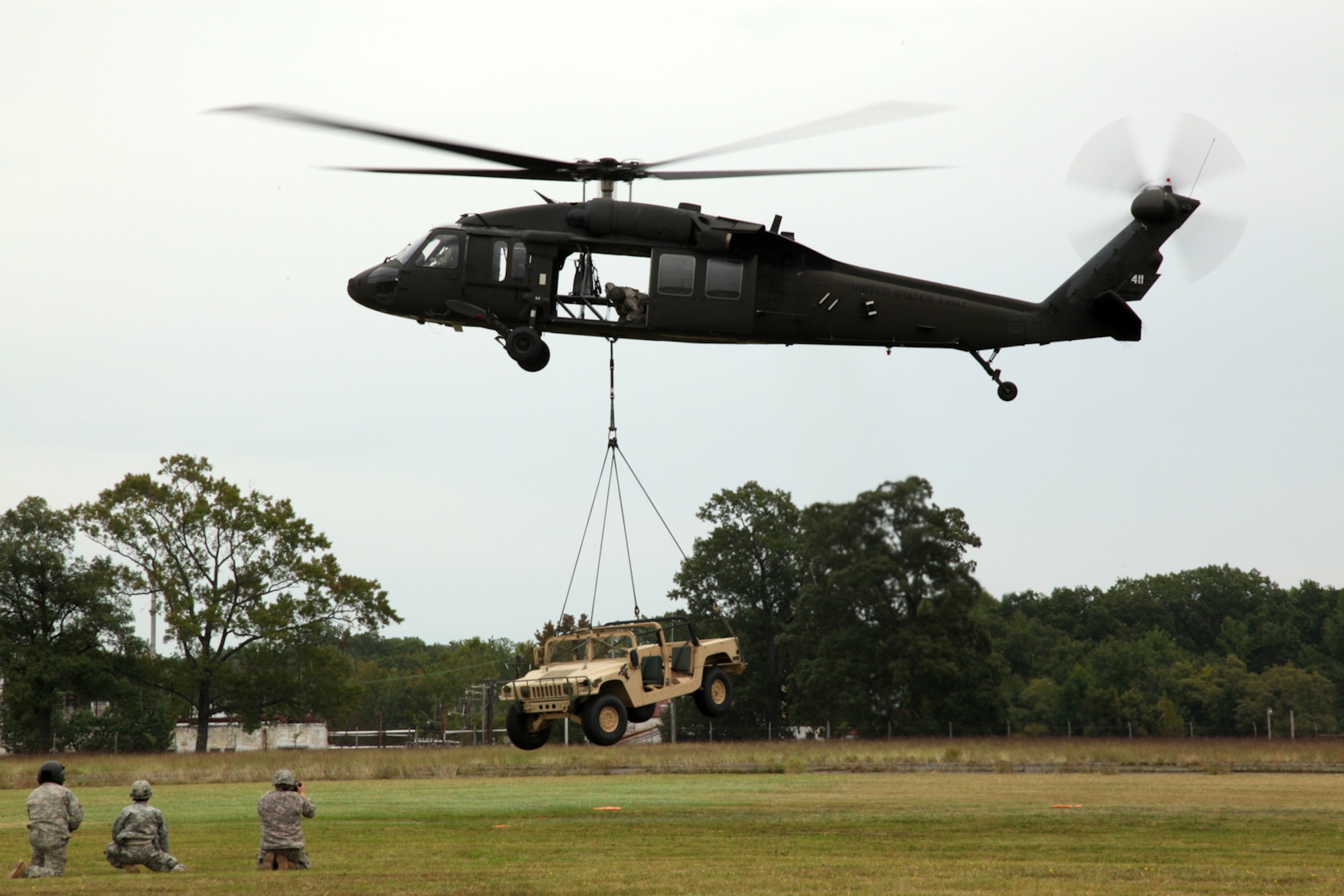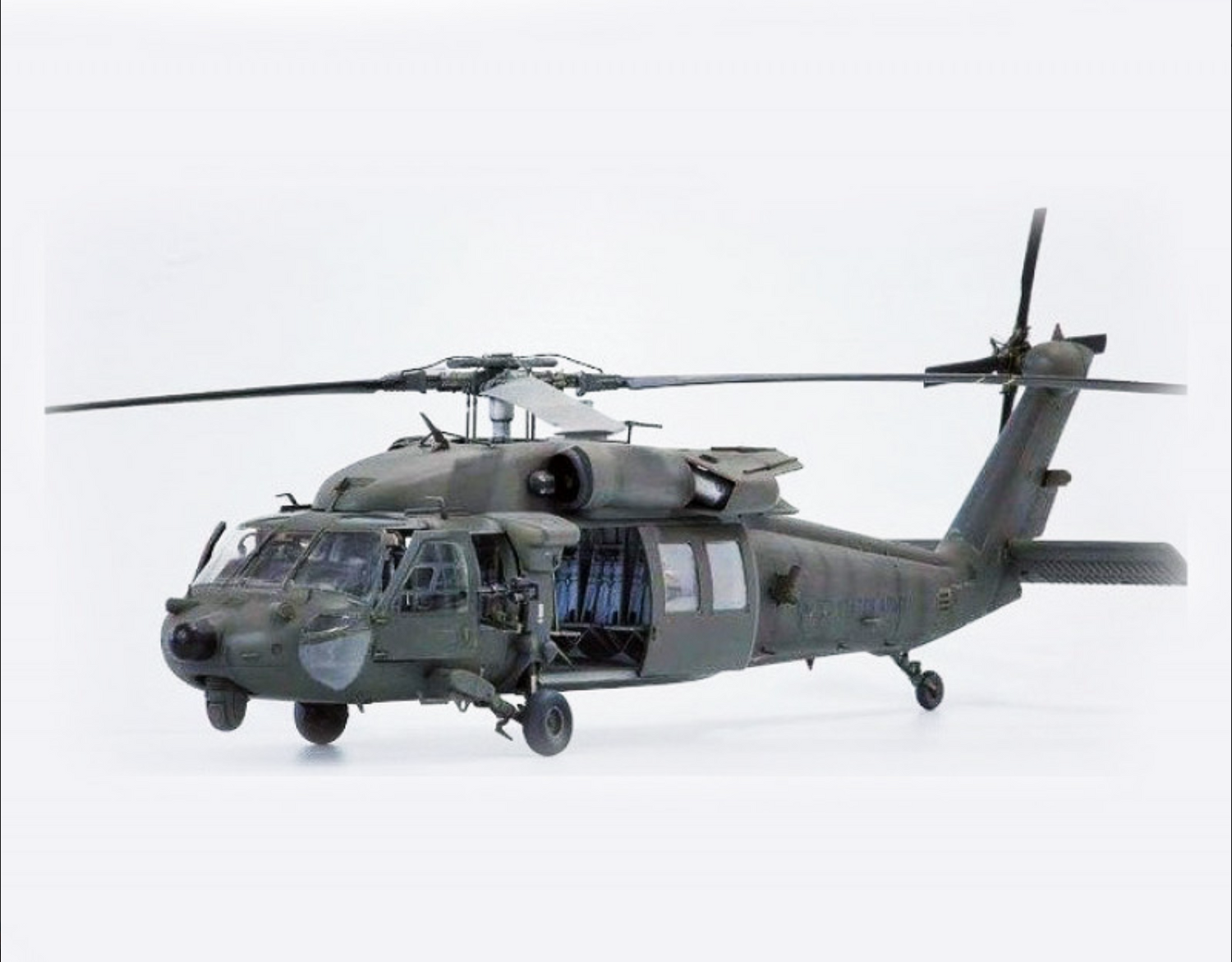Discover the Logistics and Training Programs Supporting the UH60 Fleet
Discover the Logistics and Training Programs Supporting the UH60 Fleet
Blog Article
Comprehending the UH60: The Ultimate Armed Force Helicopter Experience
The UH-60 Black Hawk helicopter represents a vital development in armed forces air travel, combining robust engineering with complex operational abilities. Its style accommodates a series of objectives-- from troop transport to medical emptying-- demonstrating its adaptability throughout different battle situations. As we discover the background, requirements, and technical advancements of the UH-60, it ends up being noticeable that its function in shaping modern armed forces strategies is both significant and far-reaching. This discussion welcomes a more detailed assessment of how this impressive airplane continues to influence modern war characteristics.
History of the UH-60
Emerging from the need for a versatile utility helicopter during the late 1960s, the UH-60 Black Hawk was created by Sikorsky Aircraft Company in feedback to the U.S. Army's need for a contemporary combat zone transport helicopter. The layout process started in 1972, finishing in its initial flight in October 1974. The Black Hawk was engineered to replace the aging UH-1 Iroquois, additionally referred to as the "Huey," which had actually been a staple of Military aviation since the Vietnam War.

Over the years, the Black Hawk has actually gone through many upgrades, keeping its importance in contemporary armed forces operations. Its success has actually caused the development of numerous versions, serving multiple branches of the united state army and allied pressures worldwide, establishing the UH-60 as a cornerstone of military aeronautics background
Trick Features and Specs
The UH-60 Black Hawk is identified by its sophisticated design and robust specifications, which contribute to its flexibility on the battlefield. This multi-role helicopter features a twin-engine setup, powered by 2 General Electric T700-GE-701C engines, delivering an optimal output of 1,800 shaft horse power each. This effective engine setup enables the Black Hawk to get to a maximum rate of about 183 knots (211 miles per hour) and a service ceiling of 19,000 feet.
The aircraft's composite rotor blades provide outstanding lift and maneuverability, while its four-blade main rotor system boosts security (UH60). The Black Hawk is geared up with advanced avionics, including a digital cockpit and night vision abilities, making certain efficient procedures in diverse problems. Its cabin can accommodate approximately 11 troops or bring up to 8,000 pounds of freight, making it appropriate for different logistical needs
The UH-60's modular design enables very easy maintenance and upgrades, guaranteeing durability and flexibility in progressing military requirements. Additionally, its advanced survivability functions, such as crashworthy seats and shield, improve team safety and security during goals. Generally, the UH-60 Black Hawk represents a considerable innovation in military aviation modern technology.
Functional Roles and Missions
Flexibility is a characteristic of the UH-60 Black Hawk, allowing it to execute a broad variety of functional functions and objectives throughout various army environments. Mainly created for army transport, the Black Hawk can carry as much as 11 soldiers and is regularly made use of in air attack procedures, permitting fast insertion and extraction of ground pressures in objected to areas.

In addition to army transportation, the UH-60 is experienced at medical evacuation (MEDEVAC) missions. Equipped with innovative clinical equipment and personnel, it can swiftly leave injured soldiers from the combat zone, dramatically boosting survival rates in critical situations. The helicopter likewise plays an important duty in logistics support, delivering supplies, ammo, and tools to forward running bases in austere settings.
Furthermore, the Black Hawk works as a platform for unique operations goals, consisting of reconnaissance and direct action. Its ability to operate in various surfaces and its low-flying capabilities make it an important asset for devices performing covert procedures.

Technical Innovations
Development in aeronautics modern technology has significantly improved the capacities of the see this site UH-60 Black Hawk, guaranteeing its importance in modern military procedures. The helicopter is furnished with advanced avionics systems that give pilots with premium situational awareness, consisting of multi-functional displays, enhanced GPS, and sophisticated surface awareness systems. These functions allow exact navigation and objective implementation, even in challenging settings.
In addition, the integration of digital communications systems allows for instantaneous and protected info exchange in between units, facilitating collaborated operations. The UH-60's updated rotor systems and composite products add to enhanced efficiency, using better speed, dexterity, and reduced maintenance expenses.
Furthermore, advancements in tool systems, such as the capability to release precision-guided artilleries, enhance the Black Hawk's duty in combat scenarios. The helicopter's capacity to support medical discharge objectives is also reinforced by new medical devices and innovations, making sure efficient person care in transit.
Lastly, recurring improvements in stealth modern technology and noise decrease systems further strengthen the UH-60's performance in covert procedures, enabling it to operate in aggressive regions with a lowered possibility of discovery. Collectively, these technological improvements emphasize the Black Hawk's sustaining prestige in this army aviation.
Influence On Modern Warfare
Boosted capabilities of the UH-60 Black Hawk have profoundly affected contemporary warfare approaches and methods. Its convenience in troop transportation, medevac procedures, and reconnaissance roles has actually redefined the operational landscape for army pressures. The helicopter's ability to operate in diverse settings, from metropolitan setups to rugged surfaces, enables higher tactical flexibility, making it possible for commanders to adjust promptly to changing field of battle conditions.
The UH-60's innovative avionics and interaction systems boost situational awareness, helping with real-time knowledge sharing and coordination among units. This capacity is essential in modern-day uneven war, where rapid decision-making can identify the end result of involvements. The helicopter's capability for fast insertion and removal of special procedures pressures has ended up being a hallmark of contemporary army campaigns, highlighting rate and accuracy.
Additionally, the Black Hawk's combination with unmanned airborne systems and other sophisticated modern technologies signifies a change in the direction of multi-domain operations. Consequently, the UH-60 not just acts as an essential possession in standard problems yet also plays an essential duty in counterinsurgency and peacekeeping missions, underscoring its enduring effect on modern army doctrine and the development of warfare.
Final Thought
The UH-60 Black Hawk stands for a pinnacle of armed forces aviation, characterized by its versatility, advanced design, and robust style. Its capacities in troop transport, medical evacuation, and logistical support underscore its important function in contemporary army operations. Constant technological advancements and enhancements have further strengthened the Black Hawk's strategic relevance, enabling quick reaction and adaptability in varied combat scenarios. Ultimately, the UH-60 continues to be an essential asset, forming the landscape of contemporary warfare and operational effectiveness.

Innovation in aviation modern technology has considerably boosted the capacities of the UH-60 Black Hawk, guaranteeing its importance in modern-day military operations.The UH-60 Black Hawk represents a peak of armed forces air travel, defined by its convenience, progressed design, and robust layout.
Report this page